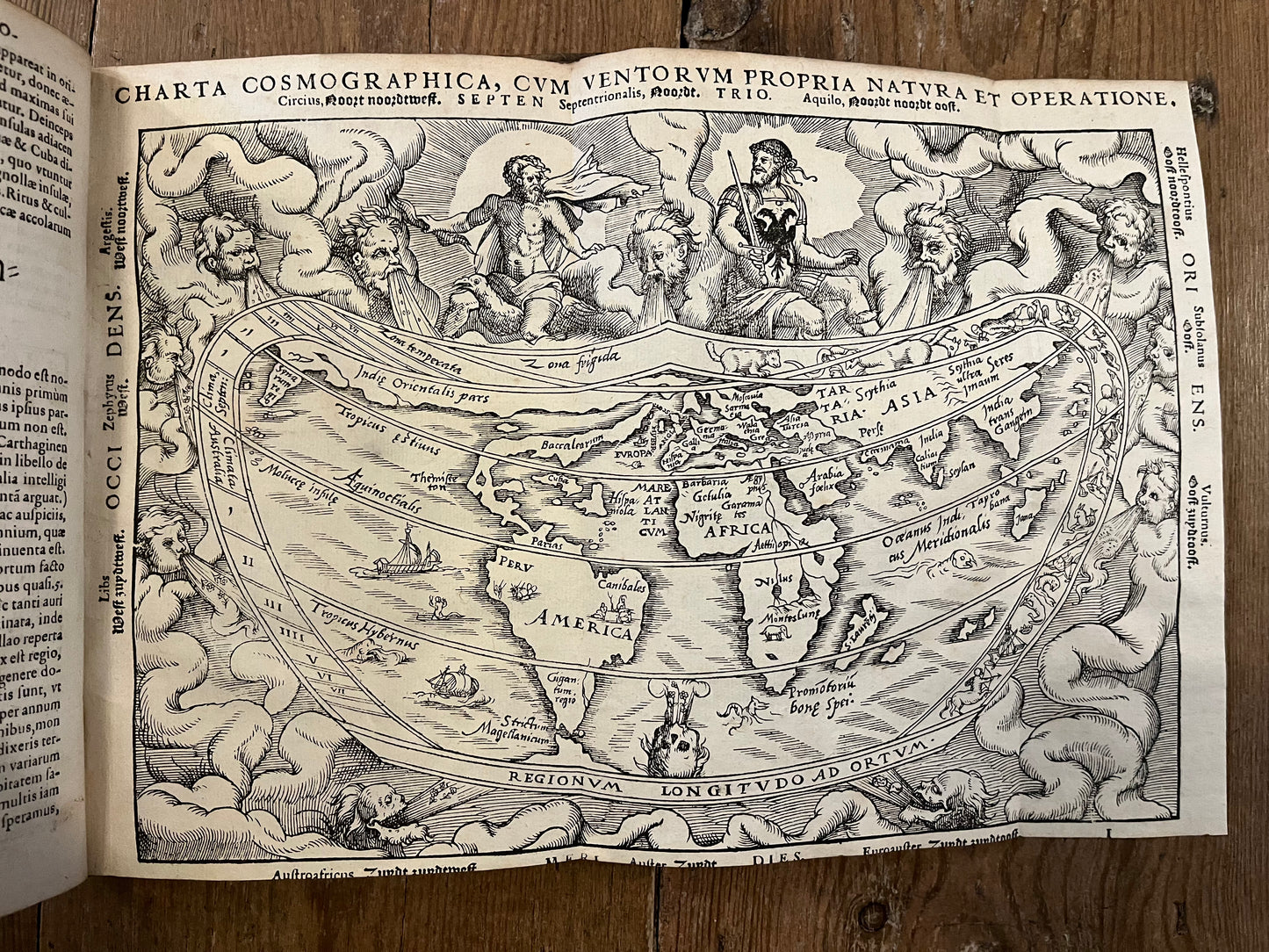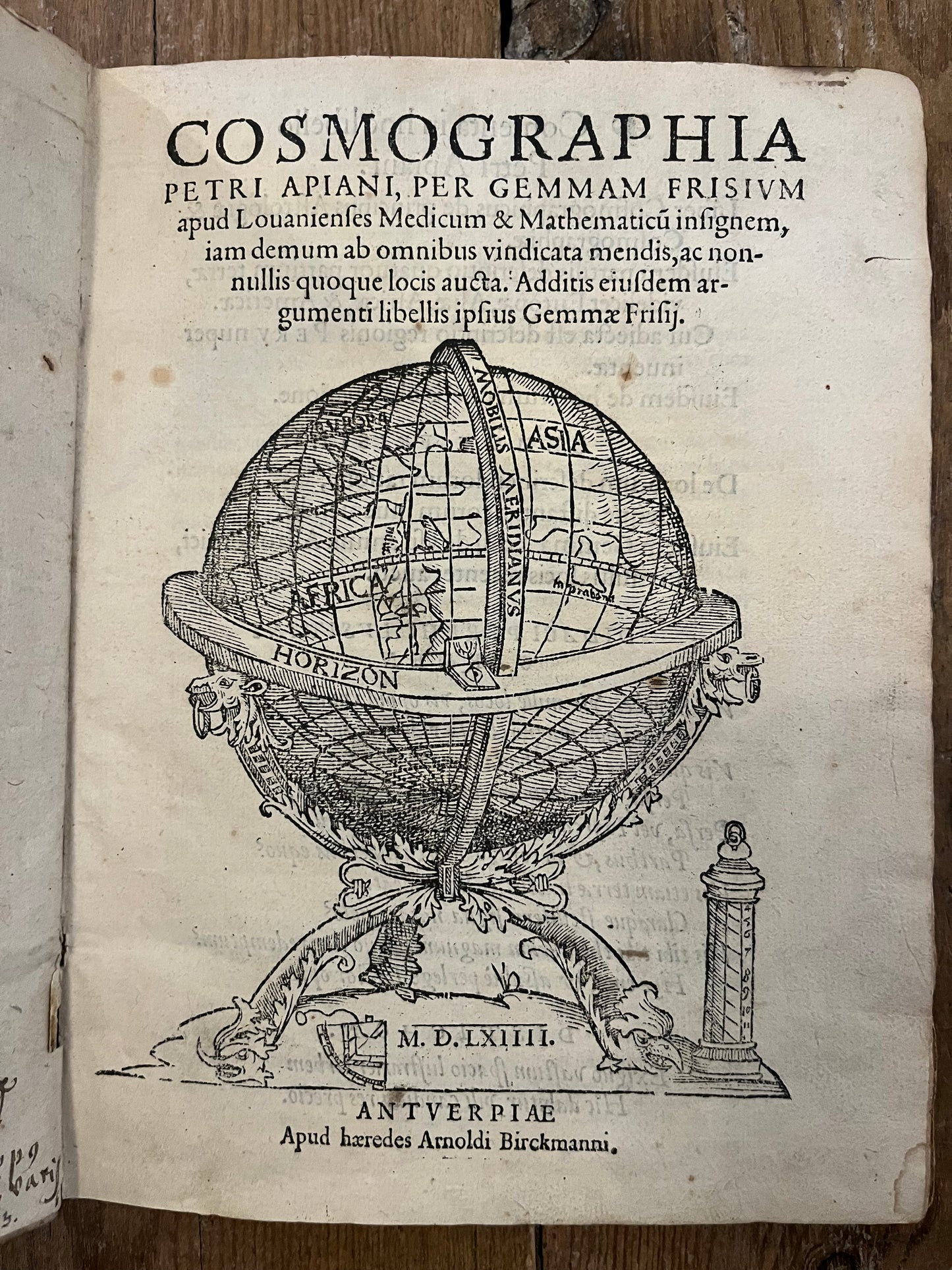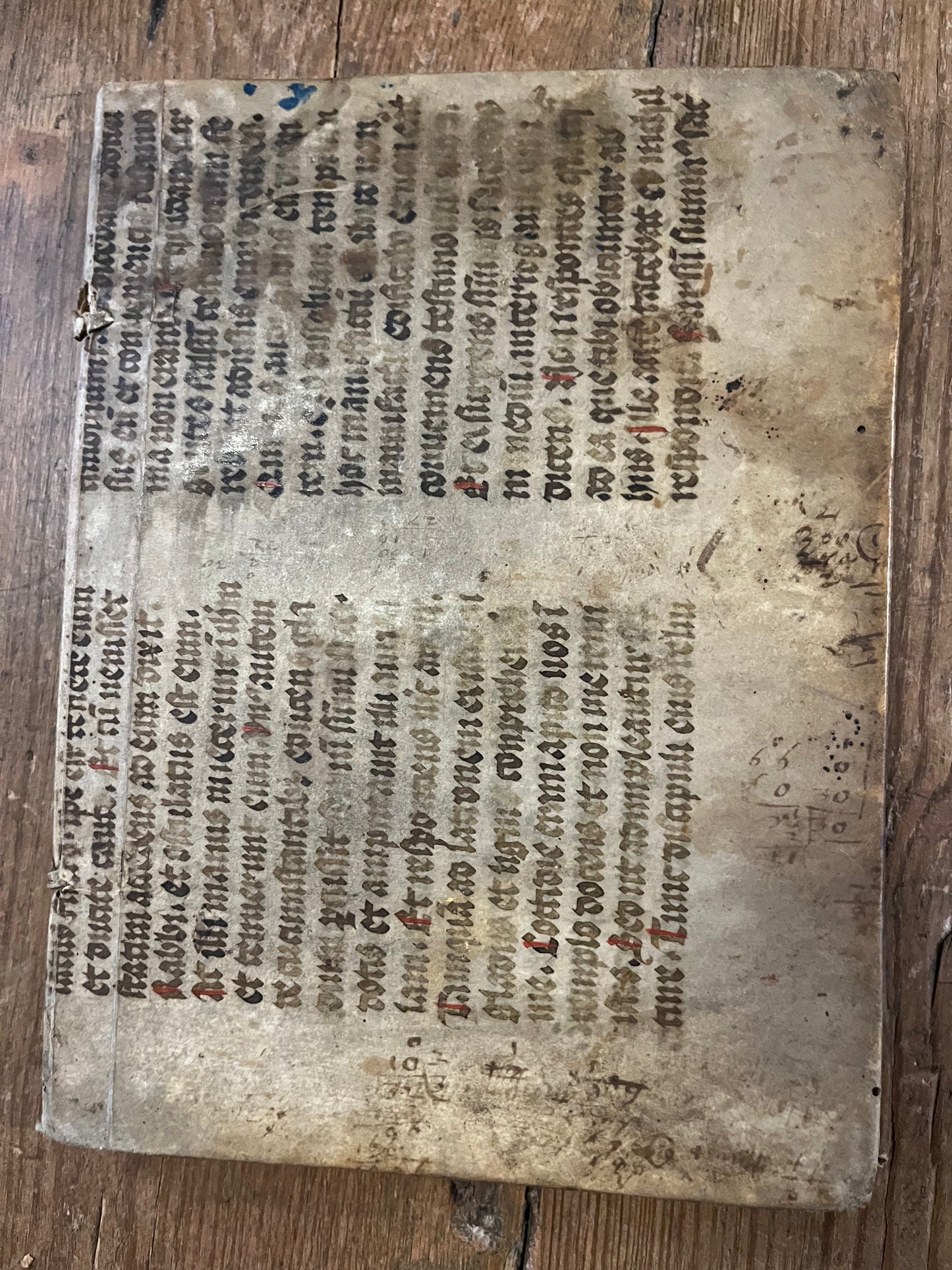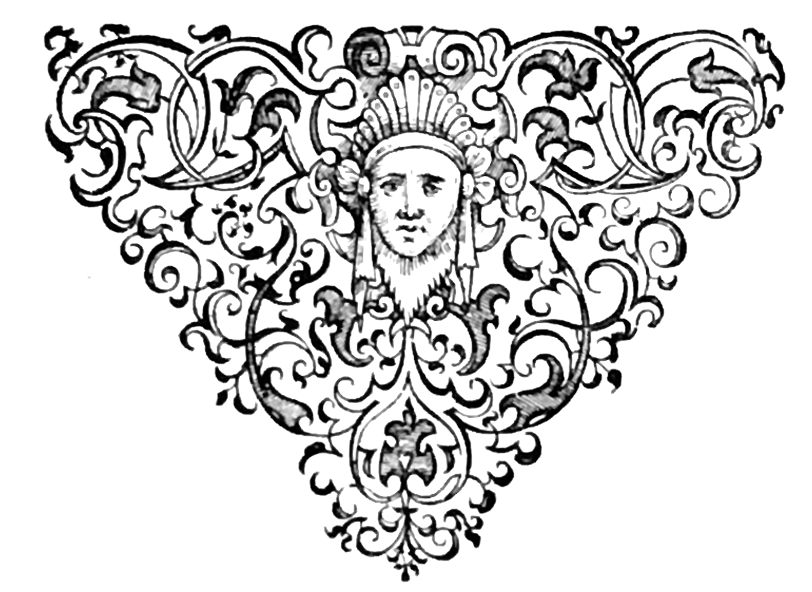debryengravings
"Cosmographia Petri Apiani per Gemma Frisium..." - Peter Apian - 1564 - with 14th Century Manuscript binding of Mark:14 and a ca 13th Century Hebrew fragment of Rashi to Exodus 25:31-34
"Cosmographia Petri Apiani per Gemma Frisium..." - Peter Apian - 1564 - with 14th Century Manuscript binding of Mark:14 and a ca 13th Century Hebrew fragment of Rashi to Exodus 25:31-34
Couldn't load pickup availability
"Cosmographia Petri Apiani per Gemma Frisium apud Lovanienses Medicum & Mathematicum insignem, iam demum ab omnibus vindicata mendis, ac nonnullis quoque locis aucta. Additis eiusdem argumenti libellis ipsius Gemmae Frisii"
-Peter Bennewitz "APIANUS" (1495-1552) (Peter Apian)
-1564 edition printed by the Heirs to Arnoldo Berkmann in Antwerp
-Complete - Collation: [2], 64 Leaves, [2]
-First half of the 14th Century Manuscript biblical leaf binding and ca 13th Century Hebrew text fragment
-The visible Biblical leaf is of Mark 14, Verses 39-60, and is likely 14th Century. This passage covers the Arrest of Jesus in the Garden of Gethsemane and his subsequent Sanhedrin trial.
-The Hebrew fragment has been identified as Rashi on Exodus 25:31-34 and is likely 13th Century. European Mediaeval Hebrew fragments are uncommon. Rashi's commentory on Exodus was written by Rabbi Shlomo Yitzchaki (Rashi) who lived in Troyes, France, from 1040-1105. His commentary on Exodus is well regarded to this day and is still commonly used as an explanation of the Tanakh. This passage of Rashi on Exodus describes the construction of the Menorah - the sacred candleholder used in Jewish temples and at home.
-4to
-Latin text
-ALL 4 VOLVELLES ARE COMPLETE
-FOLDING MAP (2nd state) is present (some trimming to lower text of map)
-Very good condition - some stains and wear to pages
-Mathematical manuscript annotations on binding including fractions and "A degree is divided into 60 minutes" (in Latin)
-Several pages are annotated including a hand drawn diagram of a triangle with surrounding text
Apianus' Cosmographia is the most important geographical and Astronomical text of the Renaissance. Apian was the Imperial Mathematician to the Holy Roman Empire and first published this work in 1524. It was hugely successful and expanded by Gemma Frisius in 1529. The work contains 4 volvelles and the earliest description of triangulation which allowed accurate mapping. 45 editions were eventually printed over 85 years. The work also contains an early description of America with its descovery dated as 1497 and its naming by Amerigo Vespucci. This edition also contains an account of Peru from Frisius.
Interestingly, the volvelles are printed on old "scrap paper". The volvelle on page 11 can be identified as being printed on "Inclyte celigena Michael fulgoris amena" - an incunable leaf published in the 1490s.
A CORNERSTONE WORK ON ASTRONOMY AND GEOGRAPHY UNCOMMONLY FOUND WITH A WORLD MAP AND ALL 4 VOLVELLES COMPLETE. THIS COPY IN A BEAUTIFUL MANUSCRIPT BINDING.


















